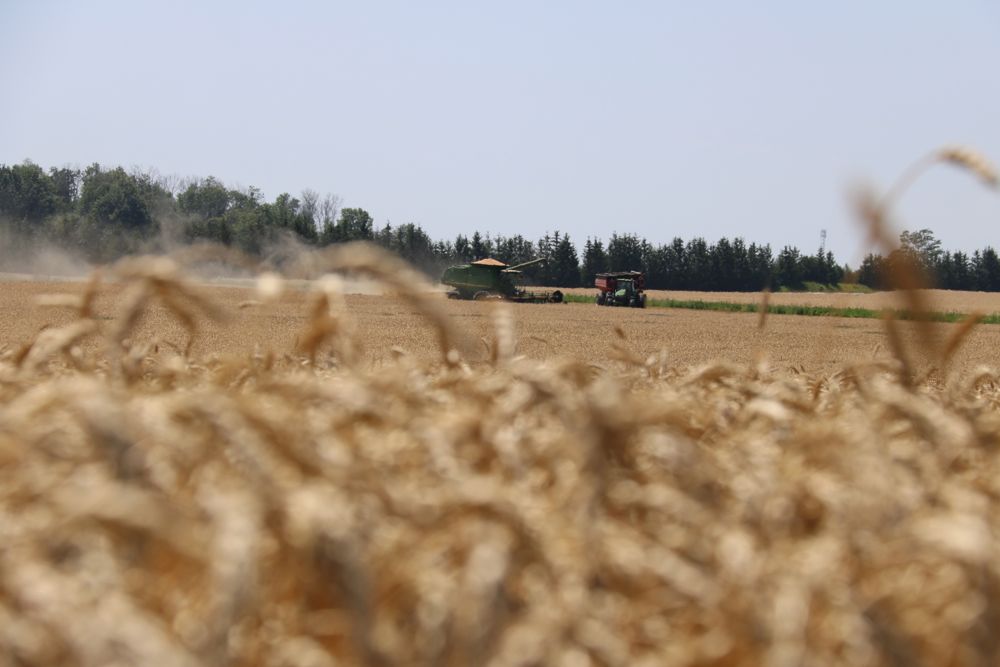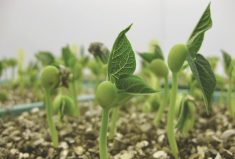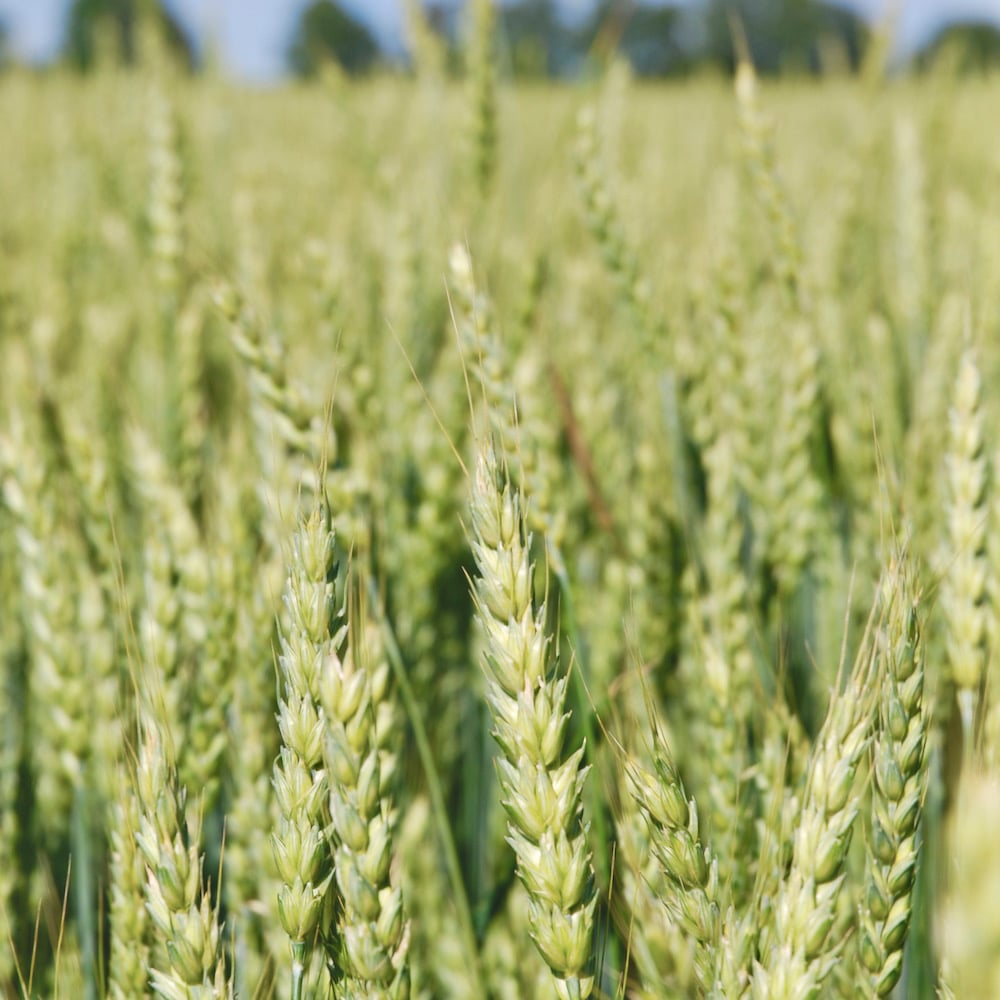Stretching flag-leaf timing
It’s one of the baselines of cereal crop agronomy — protect the flag leaf, because protecting the flag leaf equals protecting yield potential.
Bayer CropScience’s Troy Basaraba told a recent Agronomy Summit meeting of crop advisers that another variable frequently enters this equation — whether or not the application could also be delayed long enough to also protect the emerging head.
Basaraba told crop advisers that one of the questions they’ve been looking at is whether there’s an optimum time to apply fungicides, and whether or not the flag-leaf timing is critical for best protection.
Read Also

Tips and strategies for pre- and post-harvest weed control
Glacier FarmMedia – Sometimes the simplest solutions are the best ones. Breanne Tidemann, an Alberta-based researcher with Agriculture and Agri-Food…
It’s a question the company has been working on through its strip trial program at farms throughout the Prairies, and the simple answer is there’s not a clear-cut answer.
Its best fit seems to be in years where disease pressure is present, but not at its strongest. The flag leaves might get a bit of spotting under these conditions, but they largely survive and do their vital job of photosynthesis.
The key to making this work is quite straightforward, Basaraba said — good crop scouting that tracks exactly what’s happening and being ready to treat the crop as necessary.
Says Basaraba: “What we’re talking about here is Agronomy 101 and Scouting 201. Are you seeing disease? How heavy is this pressure? Are you going to want to wait that extra seven to 10 days?”
Mutant maize
An insect-ravaged corn plant that is picked clean of most of its leaves means a major breakthrough for researchers working on western corn rootworm at Purdue and the University of Illinois.
This $1 billion-a-year pest hits growers in the pocketbook by feeding on plant roots and pollen and silks. Occasionally, they will feed on corn leaves as they wait for silks to emerge.
With the newly discovered mutation, however, biochemical and physical changes in the corn seem to encourage the worms to eat away at the leaves.
“Up until the discovery of this mutant, people thought, well, maybe there’s nothing in the corn leaf that this beetle likes to eat,” says Guri Johal of the University of Illinois. “But this mutant tells us that probably there’s something in the corn leaf that prevents the beetle from eating it — there’s maybe an active mechanism that keeps this beetle typically from eating.”
The discovery could give scientists and farmers a new strategy against the pest. In recent years, the pesky insect has threatened to evolve some resistance to Bt traits as well as to crop rotation in major corn-producing states like Iowa and Illinois.
One idea is that farmers could plant the mutant plants along field boundaries to lure the beetle. They would then focus on controling the insects there, reducing the rootworm population over time.
From the Grainews website: Three good reasons to test seed lots now
No better disease package
There’s a perception out there that our currently available cereal varieties have a stronger disease package — but the facts don’t necessarily agree with that ideal.
Andy Tekauz knows a thing or two about cereal plant diseases. He spent his entire career working on them at the soon-to-be-defunct Cereal Research Centre in Winnipeg.
Tekauz recently retired from his long-time position with Agriculture and Agri-Food Canada, and while cleaning up his office he began thumbing through old lists of recommended varieties from the Manitoba government.
“I’m a bit of a hoarder,” Tekauz conceded with a chuckle during a recent presentation. “So I had about 40 years of these things on file.”
While glancing through them he noticed something that runs counter to conventional wisdom. Ask most people and they’ll tell you that today’s varieties have much better disease resistance than earlier strains. But if you look at the official documents, a bit of fiddling around with terminology aside, the ratings are actually quite stable over time.
Cracking open the Manitoba Seed Guide publications, he demonstrated that in 1974, most of the common spring wheat varieties enjoyed good disease ratings.
Rolling forward 10 years saw a lot of changes, mainly with older varieties showing lower disease resistance, but newer ones like Katepwa were better adapted, thus maintaining the overall disease package as they took over acreage.
Another decade on, in 1994, new wheat classes like CPS were appearing, and some of them had not yet had a disease resistance package developed, but the spring wheat classes continued to show good resistance, again with some new varieties.
By 2004 a new column had been added for a challenging new disease — fusarium head blight — but again there was little change in the overall disease ratings available, although older varieties continue to be replaced by new standard bearers that were better adapted to changing disease populations.
Today, with the 2013 crop in the bin and the 2014 season looming, Tekauz says there still isn’t any evidence of a wholesale advance in disease resistance in spring wheat, or any other crop. Rather, it’s been a case of incremental improvements just barely staying ahead of Mother Nature as she continues to develop new variations on established diseases in the face of selection pressure, or of plant breeders racing to develop new varieties that cope with newly emerging disease.
Says Tekauz: “Overall, however, there really hasn’t been all that much improvement in our disease resistance.”















